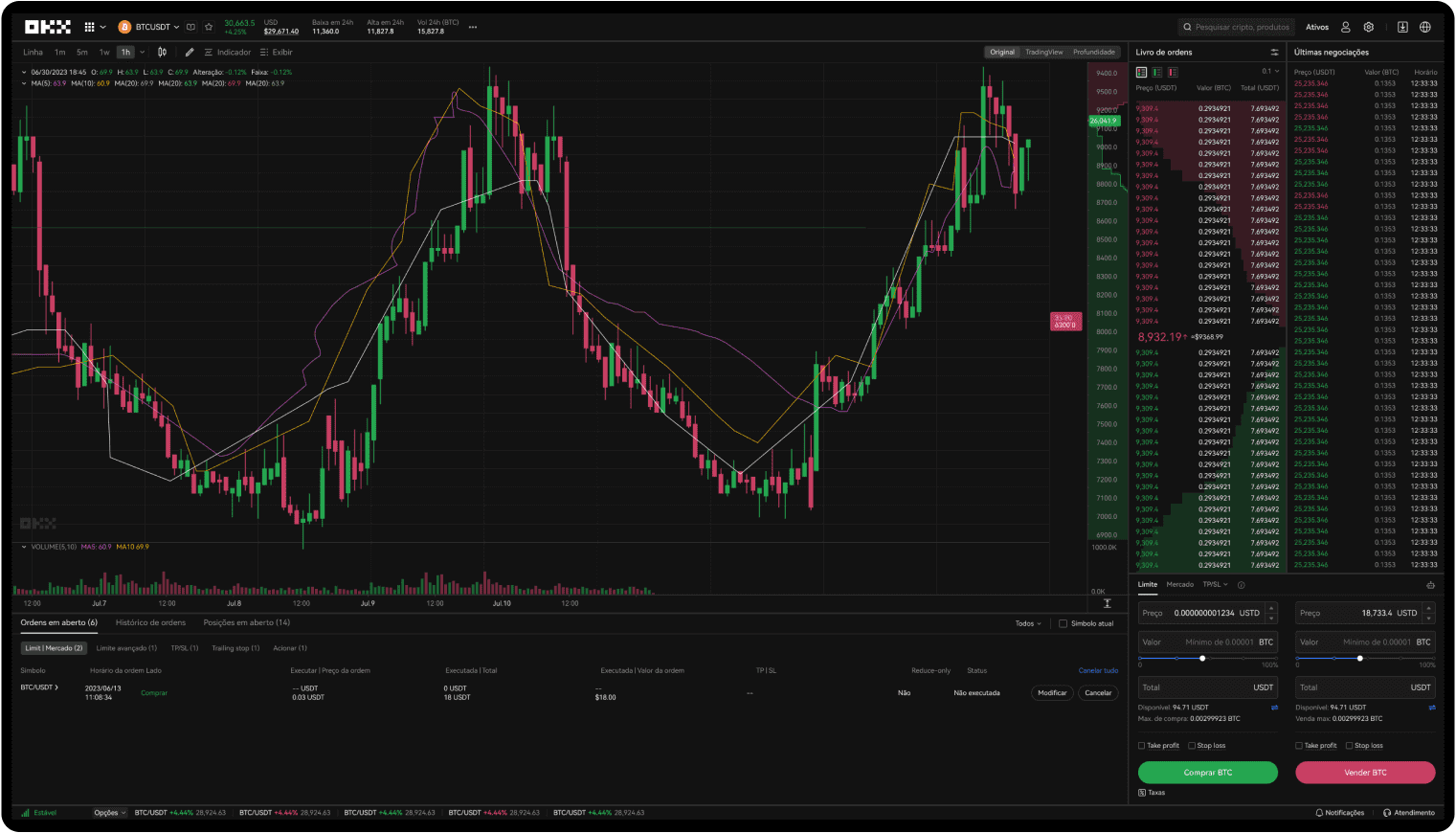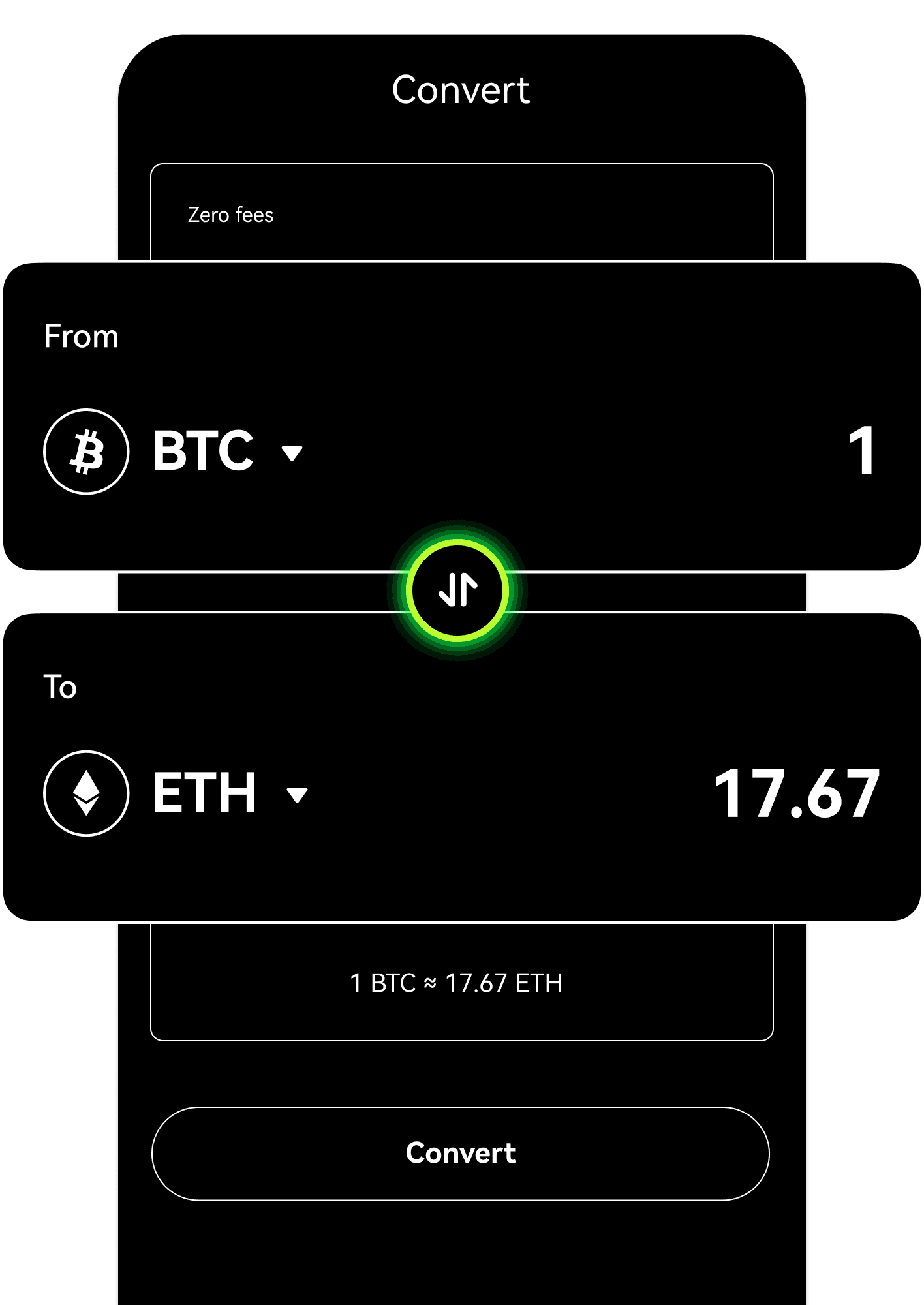Crie sua conta, negocie o equivalente a R$ 2.000 e ganhe seu bônus!Taxas mais baixas, melhor mecanismo de correspondência do mercado, APIs potentes e muito mais


Você é iniciante em cripto? Não tem problema. Compre sua primeira cripto de forma simples e vá melhorando suas habilidades.
Da primeira negociação de cripto à primeira compra de NFT, vamos orientar você por todo o processo. Tire todas as suas dúvidas e não perca suas noites de sono.
Na OKX, você pode confiar.
Técnico Pep Guardiola
Explica "formação maluca do futebol"
Reescreva o sistema
Boas-vindas à Web3
Snowboarder Scotty James
Traz a família inteira
Quais produtos a OKX oferece?
Como comprar Bitcoin na OKX?
Em que países a OKX está disponível?
O que é cripto?